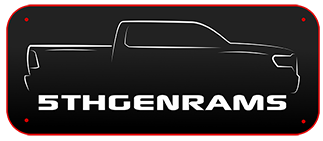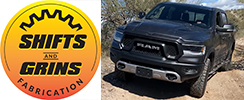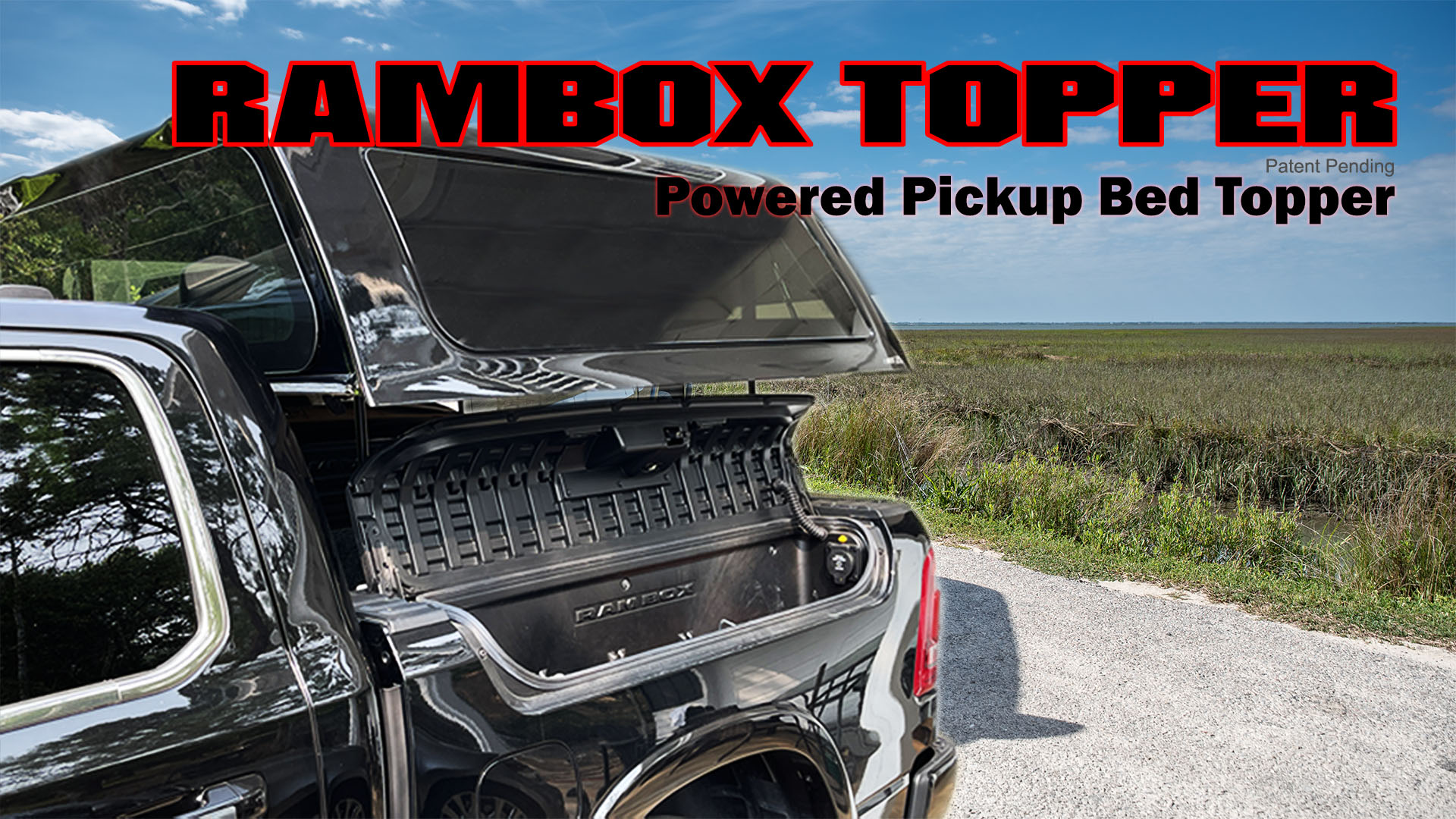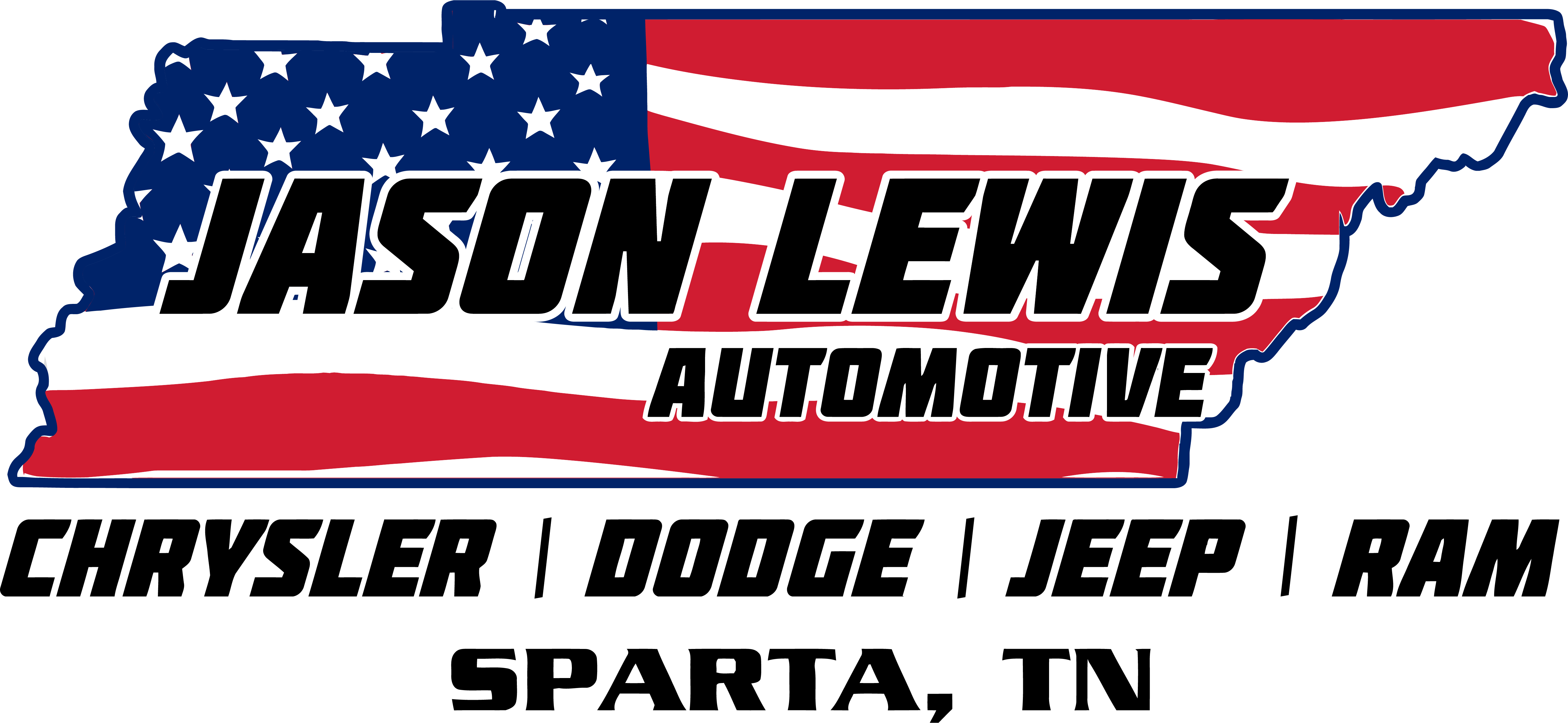Well, I'm alway up for over-explaining things, so here's my contribution. The tongue weight listed by the TT is a decent estimate, but the worksheet below is what happened when we put ours on the CAT scale a couple weeks ago. We hit the scale with just the truck, then picked up the trailer and hit the scale again (burned some gas in between the weighings, so factored that back in).
We have a WDH so that actually reduced the front axle wt by 120# (putting it on the rear axle, giving us better traction and control). The truck/TT weighed in at 10,735# less the truck only of 6,350# gave an actual TT wt of 4,385#.
The trailer axle on scale was only 3,820#, so our actual tongue weight was 565#. Dividing actual tongue wt by actual trailer wt gave a 13% tongue weight.
I like to come at any calc like this from the 'logical' side as well as the pure math side (lets me know my assumptions/calculations are right). Out TT sticker is 3,900# dry wt, then add 100# for WDH, add 57# for fixed upgrades we've made, add the LP tanks (it's a point of mass disagreement if LP is included in Mfr's dry weight...I believe LP is NOT included) and the water sitting in the lines & water heater (7 gal @ 8#/gal) plus the 225# of permanent contents we've placed in the trailer (and yes, I weighed all of that before putting it in the TT

) - low and behold, the actual TT wt and the expected TT wt are in agreement! (bean counter mike drop!)
I'll note that at this weighing, we weren't packed for a long trip - so there were no clothes in back bathroom closet, no food/bev in center kitchen over axles. I would expect those additions to a) add wt to the total TT wt, and b) reduce the tongue wt % since we'll be adding to center/back of trailer and not much to front - thereby causing a slight 'lift' on the tongue and reducing the tongue wt % to our previously experienced 11-12%. The far right column, btw, are the GAWR (axle max) for the truck - I like to know I'm in line with those ratings as well as the GVWR (truck was 6,900# with trailer - out of our max 7,100# rating, leaving 200# of payload...reverse calc at 13% and we could put 1,500# more in the TT without overloading the truck...which, coincidentally, would put TT axle wt at 5,320# which is still 280# under the TT GVWR...life is GOOD, math is BETTER...)
Yours in the anal-retentive vernacular...













